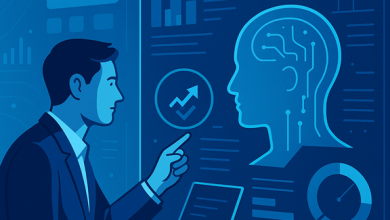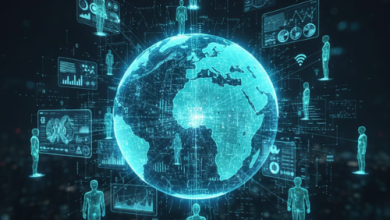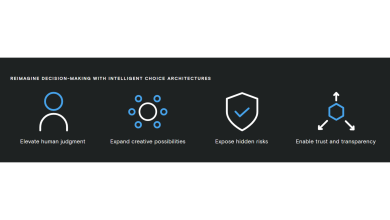In recent years, artificial intelligence has done a lot, but its rise has mostly relied on one basic ingredient: labeled data.
Each breakthrough in computer vision, natural language processing, or speech recognition is based on a vast dataset that has been curated and tagged by human beings. Training a machine-learning model is no magic. That’s an exercise in pattern recognition, and patterns don’t arise unless the data are clear.
For that to occur, humans must inform the algorithm of what each given piece of information means and whether a frame has a pedestrian in it, whether the sentence is positive or whether a transaction looks fraudulent.
That’s why there’s a whole ecosystem of data-annotation companies quietly fueling the AI boom. Firms like Scale.ai, Appen, and Supahands do large-scale labeling jobs for industries ranging from autonomous vehicles to e-commerce to agriculture.
In the case of autonomous vehicles for example, every individual image used to train perception models has to be labeled, the layout of lane boundaries, road signs, cyclists, and weather conditions. It’s the same in other domains: computer-vision models in agriculture need crop types tagged, e-commerce search engines need millions of product images categorized.
The magnitude of this endeavor is immense. Tens of thousands of people around the globe are labelling text, images, video every day. Data labeling is already a multibillion-dollar industry and growing rapidly, according to industry reports.
The speed of AI studies and deployments relies directly on the speed of this human-in-the-loop procedure. But there remains one area largely unscathed: education.
No one is assigning labels to educational data. No one is building a feedback mechanism that recognizes how people learn, what they know, where they struggle, how their learning patterns vary. Most learning platforms in today’s world acquire clicks and completion rates, but that is not learning data.
In order to personalize education we need deeper signals: what concept a student is engaging with, what reasoning process they’re employing, how long it takes before they achieve mastery and the feedback that aided in their improvements.
Because without a labelled dataset of learning behavior, we cannot create real adaptive learning systems. AI in education cannot rely solely on algorithms; it requires humans in the loop, including teachers, mentors and subject-matter experts who label learning outcomes and help inform AI systems as to why a learner was successful or failed.
One day this gap will be bridged. A company will begin to label the world’s learning data, from schools to online platforms, and build structured datasets about how individuals learn.
Those organizations that capture and annotate this kind of data at scale will have the groundwork to develop the next generation of personalized education systems. Whoever owns that dataset isn’t just going to be helping education technology, they’re going to be redefining it as well.
They will allow billions of people to master any skill faster and more effectively than ever before.



